Tag: resuscitation
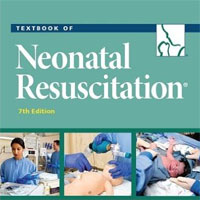
Textbook of Neonatal Resuscitation
#1 Best Seller! New 7th Edition! Powerful resource for interactive, simulation-based teaching and learning! The Neonatal Resuscitation Program (NRP) is an educational program jointly sponsored by the American Academy of... read more
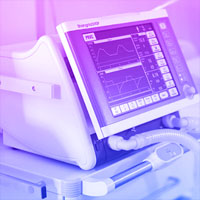
Ventilation Rates and Pediatric In-Hospital Cardiac Arrest Survival Outcomes
In this multicenter cohort, ventilation rates exceeding guidelines were common. Among the range of rates delivered, higher rates were associated with improved survival to hospital discharge. Arterial blood pressure and... read more

Critical Care Doctors Placed Humans in Suspended Animation For The First Time
Critical care doctors have placed humans in suspended animation for the first time, as part of a trial in the US that aims to make it possible to fix traumatic injuries that would otherwise cause death. Samuel Tisherman,... read more
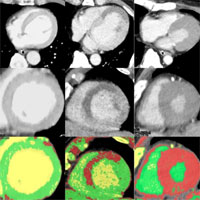
Left Ventricular Wall Findings in Non-electrocardiography-gated CE-CT After ECPR
Few studies have reported left ventricular wall findings in contrast-enhanced computed tomography (CE-CT) after extracorporeal cardiopulmonary resuscitation (ECPR). This study examined left ventricular wall CE-CT findings... read more
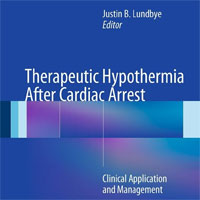
Therapeutic Hypothermia After Cardiac Arrest
Therapeutic hypothermia has emerged as a very important treatment option for patients with cardiac arrest as it provides significant protection from developing neurologic injury once the patient has been successfully resuscitated.... read more

Use of Vasopressor Increases the Risk of Mortality in Traumatic Hemorrhagic Shock
Use of vasopressor for traumatic hemorrhagic shock was associated with mortality after controlling for biases (trauma severity; volume of fluid resuscitation). Among 236,698 trauma patients, 3,551 were included in the... read more
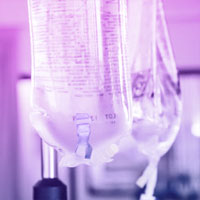
Lactate and Stepwise Lactate Kinetics Used to Guide Resuscitation
Lactate is an important parameter for monitoring tissue perfusion at present. Lactate kinetics are particularly important to evaluate the response of ICU patients. Therefore, lactate can be the starting point for resuscitation,... read more

Cardiac Intensive Care
Using a multidisciplinary, team-oriented approach, this unique title expertly covers all the latest approaches to the assessment, diagnosis, and treatment of patients with critical cardiac illness. Led by Dr David L. Brown,... read more

Dispatcher-assisted Cardiopulmonary Resuscitation for Traumatic Patients with OHCA
Dispatcher-assisted cardiopulmonary resuscitation (DA-CPR) was not associated with better outcomes for traumatic out-of-hospital cardiac arrests (OHCA) in achieving a short-term sustained return of spontaneous circulation... read more

Fluid Resuscitation: Evidence-based Solutions?
Intravenous (IV) fluid prescribing is one of the commonest tasks carried out by junior doctors. I still remember around this time last year when I was fresh out of medical school and had just been let loose on the wards,... read more
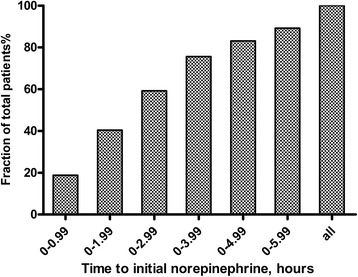
Early vs. Delayed Administration of Norepinephrine in Patients with Septic Shock
This study investigated the incidence of delayed norepinephrine administration following the onset of septic shock and its effect on hospital mortality. Our results show that early administration of norepinephrine in... read more

Targeted Temperature Management for Cardiac Arrest with Nonshockable Rhythm
Among patients with coma who had been resuscitated from cardiac arrest with nonshockable rhythm, moderate therapeutic hypothermia at 33°C for 24 hours led to a higher percentage of patients who survived with a favorable... read more
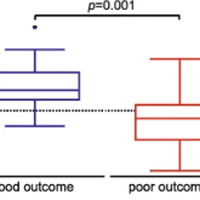
Early Prognostication of Neurological Outcome by HRV in Adults with Out-of-Hospital Sudden Cardiac Arrest
The present data indicate that heart rate variability (HRV) analysis could be useful for early prognostication for comatose patients during hypothermic TTM within 24 h after ROSC. The value of HRV as a prognosticator... read more

Healthcare Provider Perceptions of Cardiopulmonary Resuscitation Quality During Simulation Training
Cardiopulmonary resuscitation performance during mock codes does not meet the American Heart Association's quality recommendations. Healthcare providers have poor insight into the quality of cardiopulmonary resuscitation... read more




